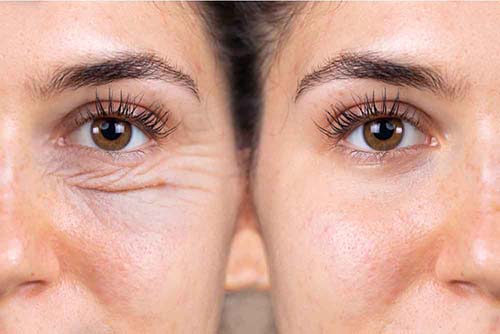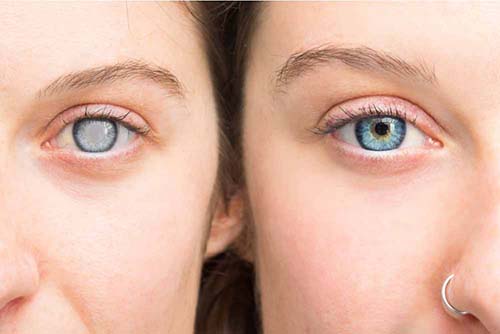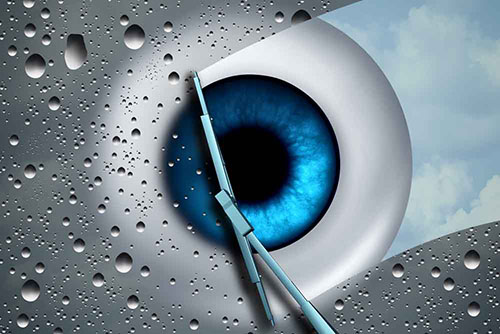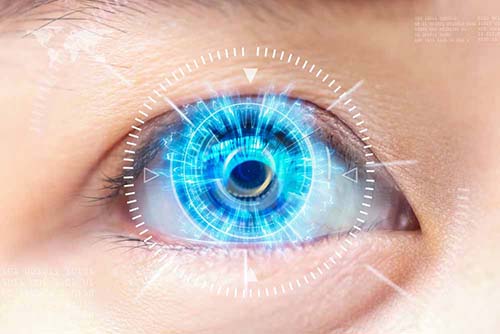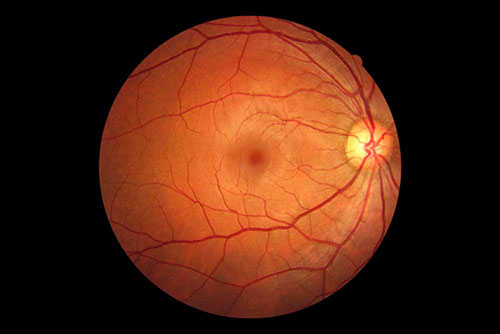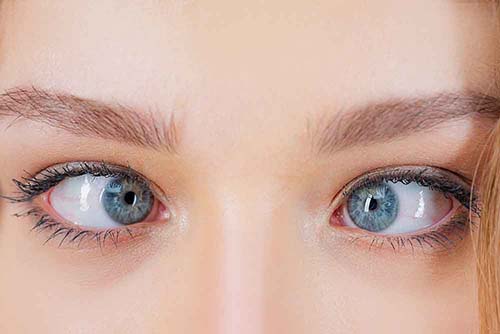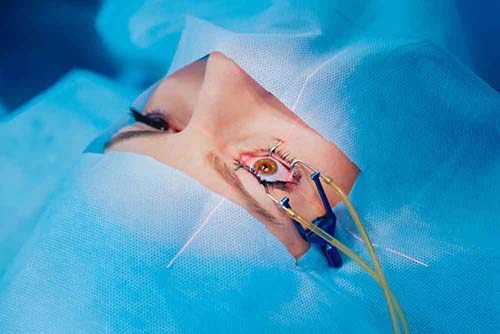Ophthalmology (Eye Diseases)
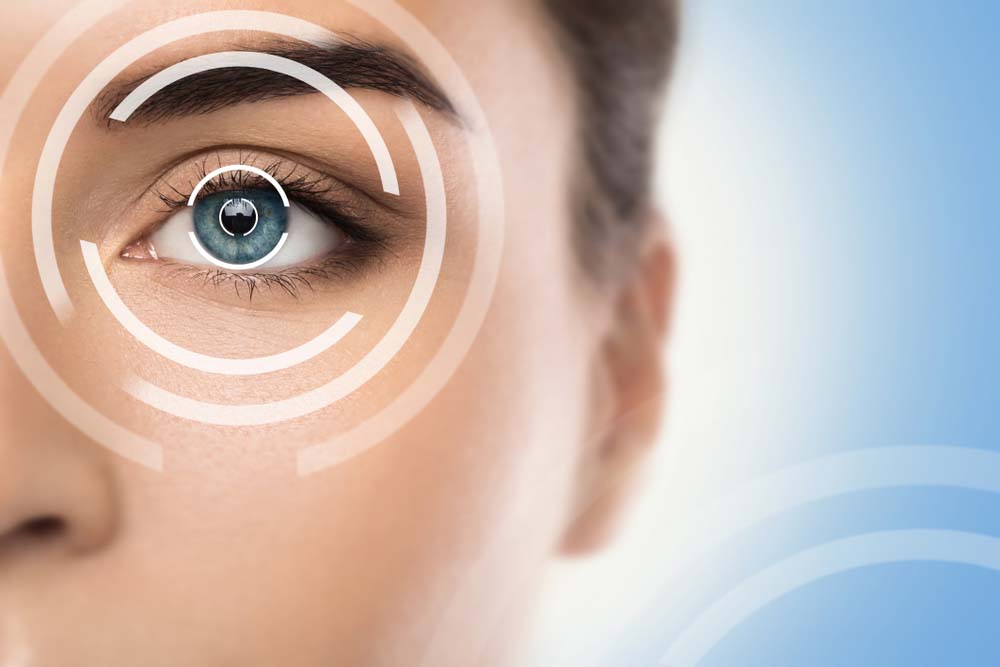
Ophthalmology department carries out the prevention, diagnosis and treatment of eye and visual system disorders.
Ophthalmology is a specialty where medical and surgical applications can be performed together. Eye problems are becoming a bigger problem in countries with an aging population. The ophthalmology department deals with a variety of eye problems and clinical conditions.
Areas of interest:
Some of the diseases diagnosed and treated in the eye diseases department include:
- Corneal pathologies (diseases of the cornea, the thin transparent surface that forms the anterior region of the eyeball)
- Cataract (disease caused by the loss of transparency of the lens of the eye)
- Glaucoma (disease in which the fluid pressure inside the eyes increases and causes visual problems)
- Strabismus (a problem with the alignment of the eyes)
- Retinal problems (problems such as edema, bleeding, tearing or detachment in the retina, which is the light-receiving inner surface of the eye)
- Intraocular inflammation
- Eye-related neurological problems
The eye diseases department also serves patients with the following problems:
- Major and minor eye injuries
- Infectious diseases in the eye
- Chronic eye diseases such as diabetic retinopathy (a disease caused by diabetes and affecting the retina) and age-related macular degeneration (deterioration of the macula, the central region of the retina)
The patients served by the ophthalmology department cover the entire age range, from premature babies to the oldest members of society. Eye diseases are rarely life-threatening. However, symptoms affecting eye function and visual impairment are very common and can cause significant anxiety.
Ophthalmologists also perform eye surgery, which is usually performed with the aid of an operating microscope and may involve the use of devices such as lasers.
Surgical procedures performed in the ophthalmology unit have increased the success rate, thanks to the great advances in technology over the last ten to fifteen years. Due to these developments, most operations are carried out as day cases.
Surgeries Performed
A large number of surgeries are performed in the eye diseases department, including the following surgeries.


